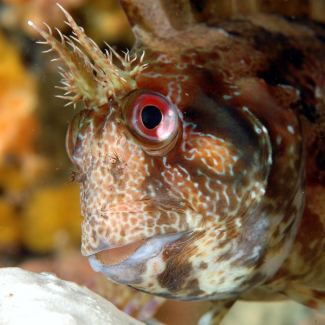
Developing silicones that are friendlier toward health and the environment
Polysiloxanes, the scientific name for silicones, possess exceptional properties, and are used in numerous fields ranging from cosmetics to aerospace. They are absolutely everywhere! However, small cyclic oligosiloxanes impurities — including substances classified as toxic for the environment and identified as potential endocrine disruptors — can form during their synthesis. To correct this drawback, a team of scientists1 led by a CNRS researcher recently developed a new process for synthesising silicones from cyclic siloxanes in a cleaner and more environmentally-friendly manner by preventing the formation of these impurities in the final product. The results will appear in Science on 1 September, and could have a considerable impact on the industrial sector.

© Tsuyoshi Kato/CNRS
- 1Polysiloxanes, the scientific name for silicones, possess exceptional properties, and are used in numerous fields ranging from cosmetics to aerospace. They are absolutely everywhere! However, small cyclic oligosiloxanes impurities — including substances classified as toxic for the environment and identified as as potential endocrine disruptors — can form during their synthesis. To correct this drawback, a team of scientists1 led by a CNRS researcher recently developed a new process for synthesising silicones from cyclic siloxanes in a cleaner and more environmentally-friendly manner by preventing the formation of these impurities in the final product. The results will appear in Science on 1 September, and could have a considerable impact on the industrial sector.
Ring-opening polymerization of cyclic oligosiloxanes without producing cyclic oligomers. Limiao Shi, Aurélie Boulègue-Mondière, Delphine Blanc, Antoine Baceiredo, Vicenç Branchadell, Tsuyoshi Kato. Science, September 1 2023.

